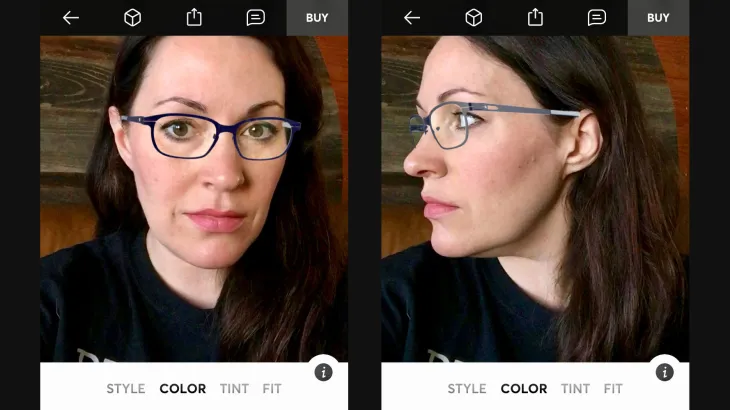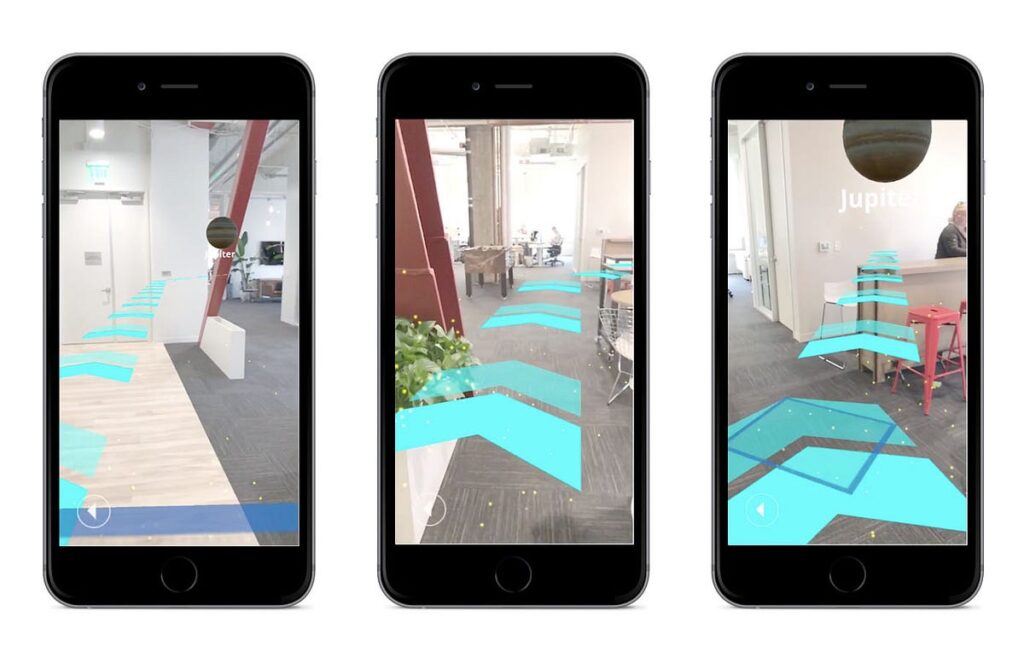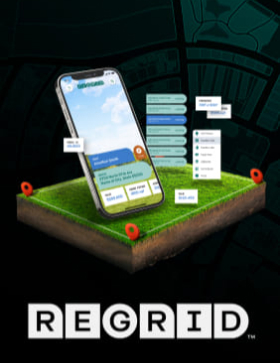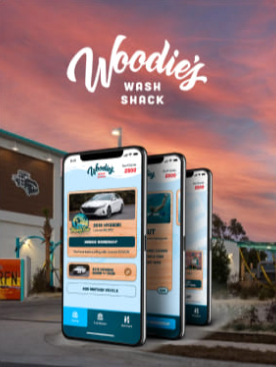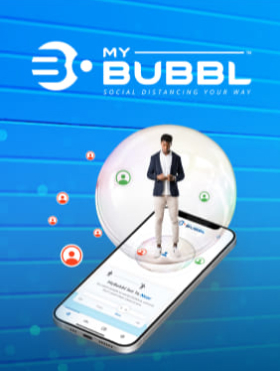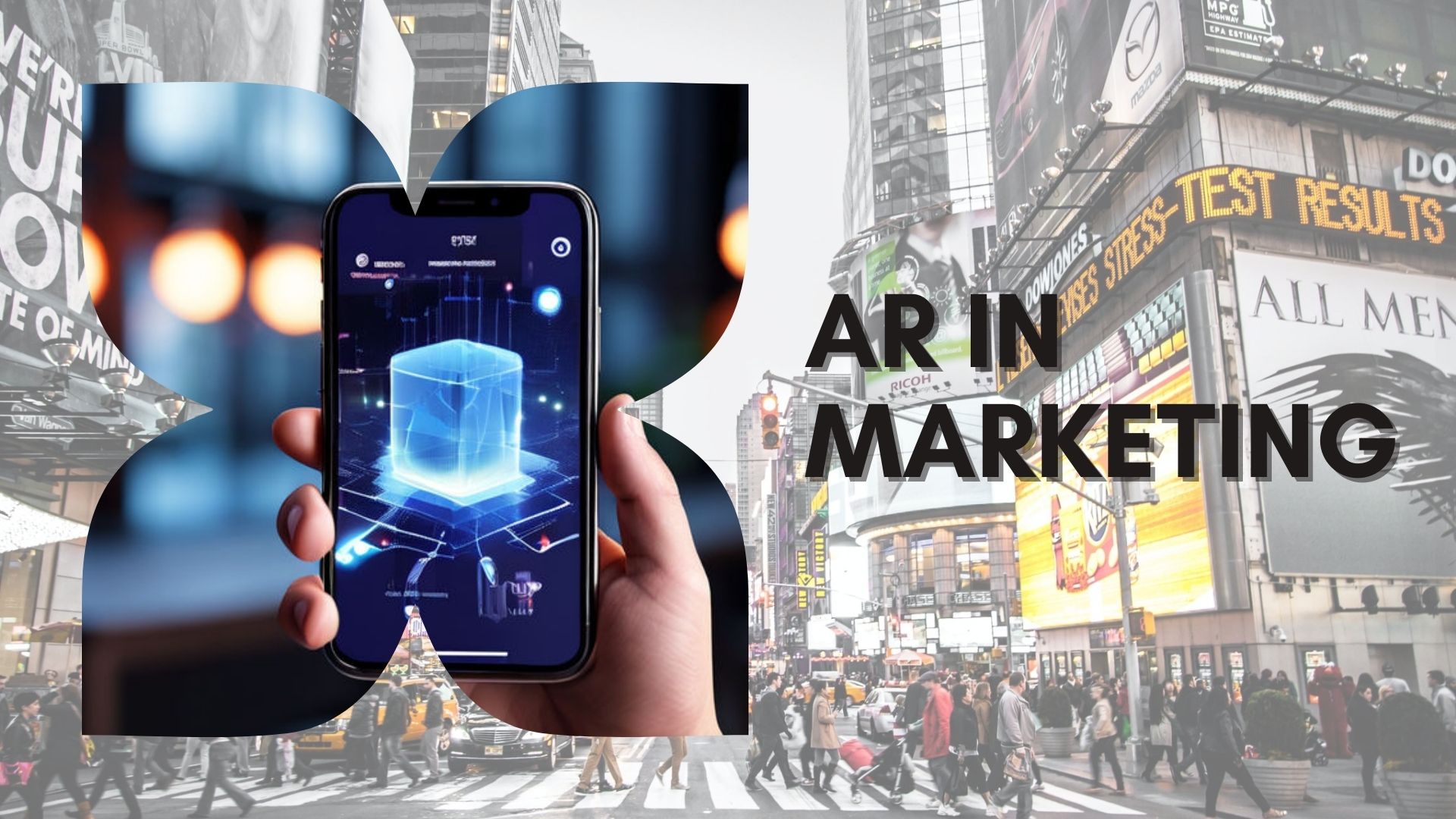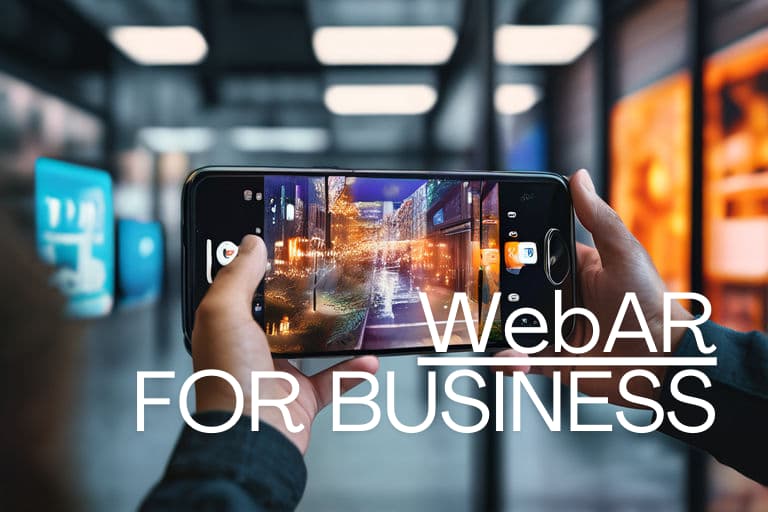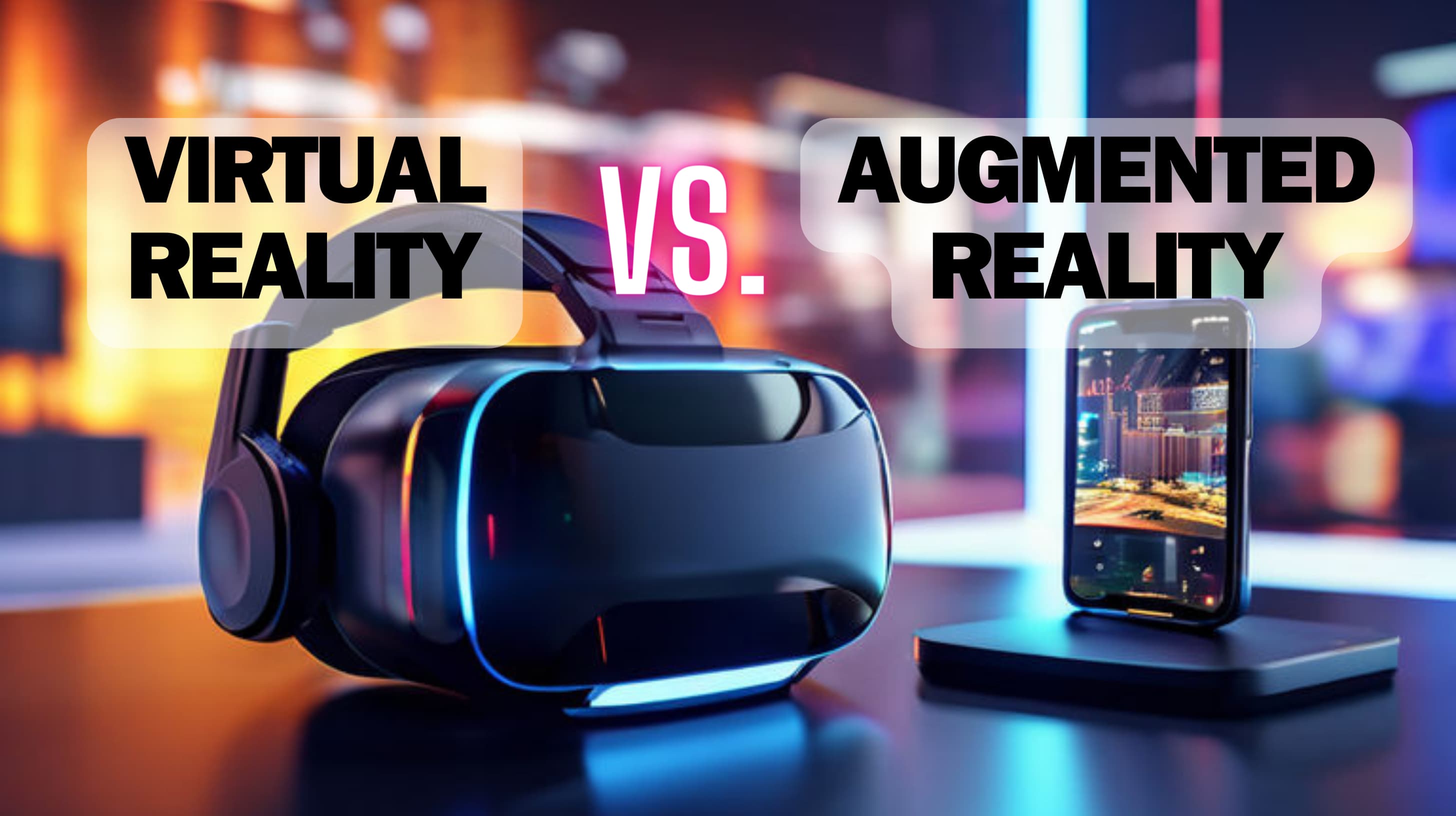
Augmented Reality and Virtual Reality are unique technologies unto themselves. One of our many jobs at Gravity Jack is to harness the power of each of these technologies and make a dynamic experience specific to your business. However, choosing which tech is ideal for a project can be a tough decision. No, we’re not here to referee a fight between AR vs. VR because, in true 2024 fashion, we believe they are both winners and deserving of trophies. That said, what we will do is walk you through what each of these technologies offers to help you better understand their strengths and how to effectively leverage them for your company’s success. And if you make it to the end of this blog, you too will get a participation trophy.
Just to demonstrate that we don’t play favorites here at Gravity Jack, we decided to leave the decision up to chance. So, we flipped a coin, and coincidently, AR won the toss and elected to go first. VR is challenging the results of the flip accusing AR of using AI algorithms to predict the probability of the flip landing heads over tails. Smart move if you ask us, fair play and moving on!
Enhancing Business Goals Through AR
At its core, AR enhances our perception of reality by overlaying digital content onto the physical environment, thereby transforming ordinary surroundings into immersive, interactive experiences. Unironically, Gravity Jack’s mission statement is “Creating a world where technology and the human experience intersect seamlessly through augmented reality.” This can be achieved through various devices such as smartphones, tablets, and specialized AR glasses, which overlay digital content such as images, videos, 3D models, and text onto the user’s view of the real world. For businesses seeking to develop user engagement and facilitate meaningful interactions with the world around them, AR is the ideal choice because of its ability to reshape the way we perceive and interact with our real-world surroundings.
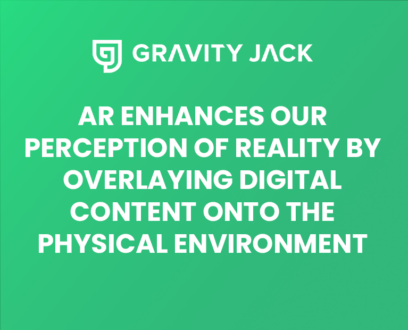
Because of its ability to interact with real-world environments, AR thrives in safety and maintenance scenarios. Imagine empowering your employees with an AR-enabled device capable of producing real-time diagnostic overlays while inspecting complex machinery. With AR, critical information, such as equipment status, maintenance procedures, and safety protocols, can be displayed directly within the employee’s field of view, ensuring efficient decision-making and reducing the risk of errors or accidents. This type of setting can be replicated in a variety of industries such as automotive, construction, medical, and much more!
Beyond safety, AR encourages businesses to get creative in how they market their product — transforming traditional retail shopping into immersive experiences. Now, with AR-powered applications, businesses can seamlessly overlay digital information onto their physical surroundings, allowing them to virtually try on clothing, visualize furniture in their living room, or preview a number of products before making a purchase.AR’s “try before you buy” capabilities basically eliminate returns altogether. It should be noted that returns are a walk in the park compared to Mom embarrassingly asking you if there is enough room in the butt while trying on jeans in the department store. One way or another, AR will save us all.
Adding to the shopping experience, AR navigation features can guide customers effortlessly through the gauntlet of stores in a shopping area, providing real-time visual cues and directions overlaid onto their surroundings, ensuring they reach Hot Topic instead of PacSun — because who couldn’t use another band t-shirt? Through the fusion of AR-enhanced retail experiences and intuitive navigation solutions, businesses can create a seamless and engaging journey for customers, from exploration to purchase.

Through AR’s capabilities, retailers can bridge the gap between online and offline shopping, offering customers the convenience of digital browsing combined with the tactile experience of physical stores. As customers navigate through retail environments, AR navigation tools provide personalized recommendations, promotional offers, and interactive experiences tailored to their preferences, enhancing engagement and driving conversion. Ultimately, this convergence of retail and navigation technologies not only enhances the shopping experience but also strengthens brand-customer relationships, fostering loyalty and driving long-term success in an increasingly competitive market. We could seriously spend eons talking about how AR can impact your business, so this is our not-so-subtle shift to discussing virtual reality and exploring if it is the right technology for your business.
Transporting Customers and Employees With VR
VR isn’t just about escaping reality (although sometimes it’s a benefit); it’s about crafting immersive experiences that transport users to any place from anywhere. Our development capabilities allow us to recreate literally any scenario for any industry. Whether you’re seeking to showcase your latest offerings or create safe and realistic training environments for your employees, VR offers a world of possibilities that can align seamlessly with your business objectives.
On the consumer side of things, VR allows customers to engage with products on a whole new level, encouraging a deeper connection and enhancing their understanding of its value. This deeper connection is made by allowing users to interact with every aspect of the product through intuitive controls, enabling them to zoom in on specific details, rotate the product from every angle, and explore its functionalities with unprecedented freedom. It’s like speed dating for products minus the awkward silence — AND you can interact with the products anywhere at any time. No more setting up appointments or having to rely on the weather to cooperate.
Additionally, virtual reality can indeed be harnessed to provide immersive tours of entire factories or showcase large-scale equipment in a way that traditional methods cannot match. Simply by strapping on a VR headset, users can step into a virtual factory where they can navigate through the production line, observing each stage of the manufacturing process up close and in real time. With VR, users can interact with machinery and equipment, gaining insights into their operation and functionality by clicking on specific components for detailed information or animations demonstrating their functions.
On the employee side of things, VR stands as a comprehensive tool in modern training methods, offering businesses a safe and effective tool to prepare employees for diverse and often hazardous work environments. Industries ranging from healthcare to manufacturing, construction, aviation, and beyond can leverage VR to provide immersive training experiences that simulate real-world scenarios without exposing employees to physical risks. In healthcare, for instance, VR enables medical professionals to practice surgical procedures in a realistic yet controlled environment, honing their skills and enhancing patient safety. Similarly, in manufacturing, VR can simulate assembly line operations, equipment maintenance procedures, and safety protocols, ensuring that workers are well-prepared to handle complex machinery and adhere to safety standards.
There Is No Wrong Choice
As we wrap things up, remember this: whether you’re leaning towards the immersive adventures of virtual reality or the practical perks of augmented reality, Gravity Jack is your go-to development team. No matter the experience our goal is to provide your business with an application that leaves lasting impressions and drives real results. And hey, if you’re scratching your head wondering how AR or VR fits into your game plan, no worries! We’re not just tech geeks; we’re your trusted advisors, ready to chat, strategize, and bring your vision to life regardless of technology.

